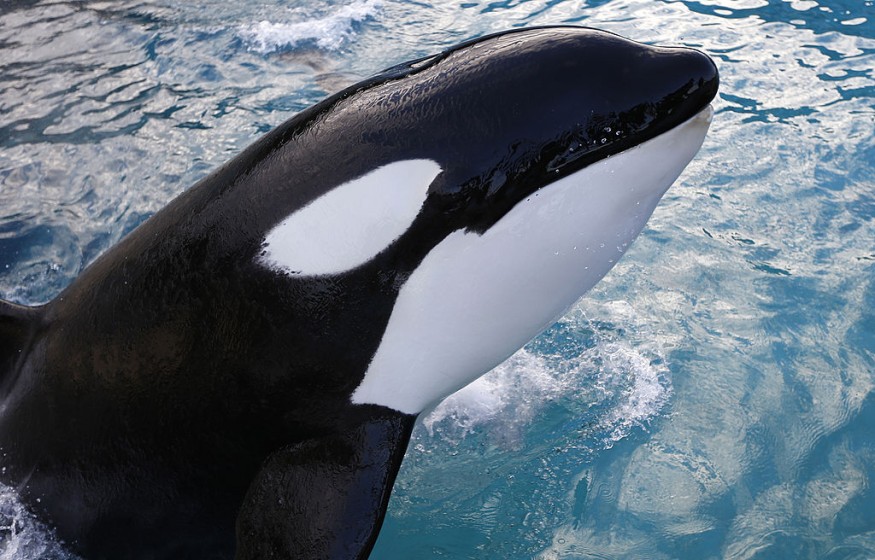To better understand the complex interaction of orcas, researchers discovered a 20,000 years old refugium of the said marine animals in Northern Pacific.
The discovery can help researchers understand orcas' survival amidst climate change and ice retreat threats.
The researcher and whale biologist Olga Filatova observed the existence of orcas in parts of the Northern Pacific using sea expeditions.
Filatova is from the University of Southern Denmark.
Refugium for orcas in Northern Pacific

The study findings were published in the Marine Mammal Science journal.
Researchers explained that marine species managed to move into different ice-free locations. The area has been significant because of the diversity of species and orcas.
The researchers found that refugium in Northern Pacific showed orcas' historical and cultural diversity. In addition, climate change and global warming can drive animals to migrate or spatial distribution.
The species are still living in the refugium populations that are ice-free. They found the maternal lineage of orcas in the area, which connected the areas living there 20,000 years ago.
How different orcas managed to thrive despite their difference can be attributed to their descendant lineage, which was present during the last ice age.
According to Filatova, the orcas in the North Pacific showed a high genetic diversity based on the genetic and sound analyses.
Understanding the ecotypes and the existence of orcas can help protect the environment and species from population decline.
Why orcas are unique marine animals
Orcas or killer whales can travel far distances, up to 9,400 km. They migrate to warm waters and look for foraging areas. Killer whales are also threatened by the following:
- Noise pollution
- Overfishing
- Fishing gear entanglement
- Boat or ship collision
- Climate change
To communicate, orcas can use distinct languages, from squealing, screaming and pulsed calls. Orcas have unique vocal dialects that they acquire from matrilineal social units.
Two Ice Age refugia
The researchers recently uncovered a refugium for orcas around the Aleutian Islands. Silimar to the findings in North Pacific, orcas in the area have lineage to their ancestors of orcas.
Furthermore, the two ice age refugia can decipher how orcas survived amidst the ice melt and threat of climate change.
In the North Pacific, the researchers identified three ecotypes.
More facts about Orcas
Orcas are considered a member of the dolphin family. Despite their sizes, they are experts in hunting and highly intelligent in locating possible prey. They can swim up to 54kph.
Killer orcas can be associated when fishermen found the species attacking and feeding on large whales.
While orcas can eat different aquatic animals, some of their species are very specific regarding food or prey. Even the seals on land are not safe for the orcas.
For more similar stories, don't forget to follow Nature News.
© 2025 NatureWorldNews.com All rights reserved. Do not reproduce without permission.





